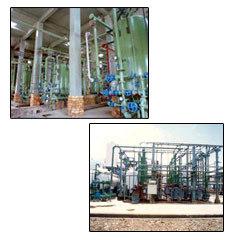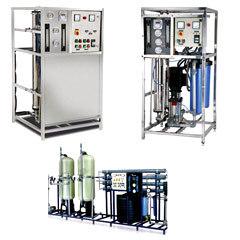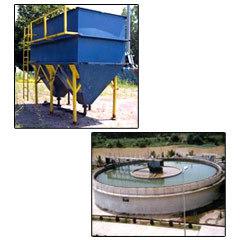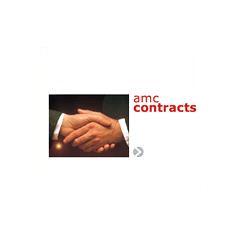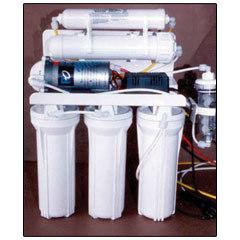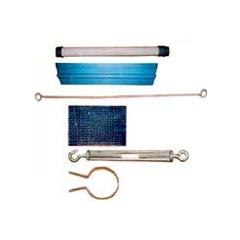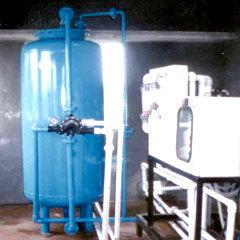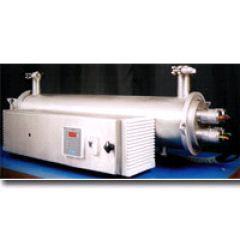Fluid Systems
Product Range
Fact Sheet
- Location:Maharashtra, India
- Year of Establishment:2000
- Business Type:Manufacturer, Distributor / Wholesaler, Exporter
- Turnover:Rs. 50 Lakh - 5 Crore
(or USD 100 K - 1 Million) - Main Products:Reverse Osmosis Plants, Demineralisation Plants
- Reviews & Rating:
Get Verified, Sell more with
- Buyer's trust
- Faster conversions
- Better Rankings
- More
Its Free
Verify NowDemineralisation Plants
We manufacture and provide Demineralization Plant or deionization plants for removing mineral salts from water by using the ion exchange process.
- FOB PriceNA
- Min Order QuantityNA
- Payment TermsNA
Other Details
We manufacture and provide Demineralization Plant or deionization plants for removing mineral salts from water by using the ion exchange process. Our DM plants are available in different sizes and materials, manually operated or fully Automatic, & ready to install & are available as standard models or custom built versions for specific needs. Working principle A Typical two-bed DM Plant consists of two FRP/MS Rubber lined Pressure vessels connected in series along with its internal fittings. The first unit consists of high capacity strongly acidic cation exchange resin, which converts positive ions of salt and replaces them with hydrogen ions to form respective acids, which are absorbed in next vessel by strongly basic anion exchange resin. The water obtained by this process shows conductivity less than 20 µ S / cm at 25o C and total dissolved solids less than 10 ppm. Further high purity water can be achieved by Mixed Bed Deionizers, which are designed to produce high purity treated water. They can be used as polishing units after two bed DM Plant to obtain high purity water. Mixed Bed Deionizers are single column units, filled with strongly acidic cation and strongly basic anion exchange resins mixed together.
The operation of DM plants is through the following four stages:
Service
Backwashing
Regeneration
Rinse/remix
Service: In Service cycle the water enters the vessel and passes through the Resin bed of the respective exchanger Backwashing: After the resins are exhausted, the bed is backwashed. Backwashing is carried out by a uniform upward flow of water through the resin bed. The backwash step expands the resin bed releasing any entrapped particulate matter & removes the channeling in the resin column if occurred during the service cycle. Regeneration: When the ion exchange resins loose all the exchangeable ions, they require regeneration to restore them back to hydrogen or hydroxyl form depending upon whether they are cation or anion resins. To achieve this 4 - 5% concentrated solution of Hydrochloric acid is used for cation resin and a 4% - 5% concentrated solution of caustic soda for anion resin. Sulphuric acid can also be used for Cation Regeneration but the concentration of acid during injection must be kept at minimum, such as to prevent calcium sulphate precipitation on the resin. Rinse: The final stage of regeneration is to rinse the resins of excess regenerant.
Some of the advantages of our DM plants include the following:
Easy to install & operate
Complete Assembly with backwash & regeneration equipment
Produces DM water of high purity
Images
